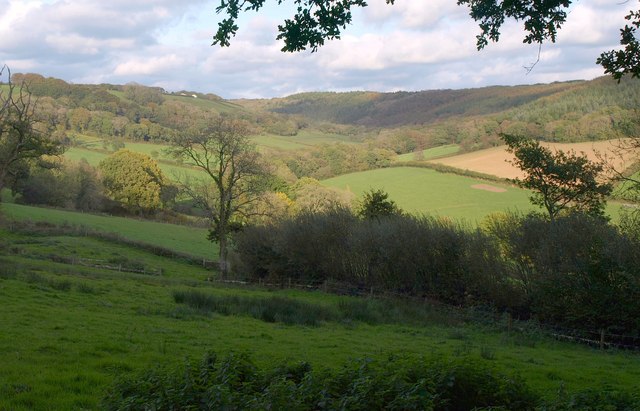The Land Use Framework is due out shortly.
.
There are several areas of ancient woodland in the Sid Valley – but no extant areas of Temperate Rainforest, of the sort that can be found in the West of England.
Devon resident, researcher, writer and campaigner Guy Shrubsole has written about the “Lost Rainforests of Britain” – and he has also written about “why this land isn’t your land”, asking the pertinent question Who Owns England?
The book also looks at how we make use of our land – and the government has committed to publish a land use framework in 2023:
Today we face new pressures on our limited supply of land. As well as maintaining food and energy security, land use change will be required to build new housing and infrastructure, to achieve net zero emissions by 2050, and to protect 30% of the UK’s land by 2030. The government has committed to publish a land use framework in 2023. This will support sound decisions to be made about how land is used, such as ensuring that housing is close to public transport and employment, that green energy infrastructure is placed in optimal locations, that rivers are kept clean and that nature is protected.
There are a lot of pressures on the government when it comes to creating a policy on ‘land use’, including the concerns of any impact on the environment from the likes of the Committee on Climate Change and the Green Alliance. Meanwhile, the government has sought to reassure farmers:
Farming minister Mark Spencer has said he doesn’t want the Land Use Framework (LUF) for England to be a “communist” document which dictates what farmers can do with their land. Former government food tsar Henry Dimbleby described the LUF as the “single most important” step the government could take to solve the problem of multiple competing uses for land – from energy, to housebuilding, forestry and nature conservation. There have been a number of notable proponents of the idea of a LUF, including the Food, Farming and Countryside Commission and Dr Julia Aglionby, executive director (England) for the Foundation for Common Land and chair of the Uplands Alliance.
Here’s an excellent overview from rural affairs blogger Jessica Selick:
While land is one of our greatest assets, it is a finite resource. A number of commentators have suggested a land use framework would help tackle increasing pressures on land. It is also seen as a way of giving local communities and landowners greater security in making long-term decisions about land. But there are also concerns that a land use framework would have unintended consequences, such as placing limitations on land use. With Defra due to publish a Land Use Framework in 2023; how can we make better use of land, and what does a good land use framework look like? Jessica Sellick investigates.
Where next? In the words of Mark Twain, ‘buy land, they’re not making it anymore’.Our relationship to land is pivotal, connecting us to nature, culture; it shapes who we are and who we might become. Yet land is a finite resource and much is at stake for rural communities: how are we going to grapple with deciding what land provides now, and in the future; and will Defra’s Land Use Framework for England help us? Watch this space.
To finish, a view over Harcombe in the Sid Valley:

…